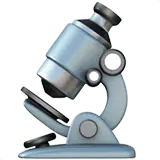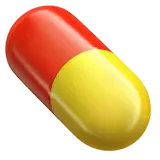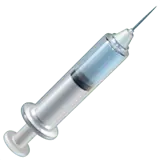Sternorrhyncha


CLASSIFICATION
Animalia, Insecta, Hemiptera
ABOUT
Sternorrhyncha is a suborder of Hemiptera, characterized by typical sap-sucking mouthparts, and causes feeding damage to plants. The suborder includes major pests such as aphids, whiteflies, and scale insects.
How to treat?
 Biological
BiologicalRemove pests mechanically. Rub the pests off, or remove infested parts or use a strong stream of water to remove the insect.
Apply ecological products for plant protection (e.g. soap sprays, neem oil, horticultural soap).
Introduce natural enemies - predators, parasites, or diseases (e.g. lady beetles, lacewings, parasitic wasps).
Isolate the infested plant immediately to avoid the infestation from spreading.
 Chemical
ChemicalIf necessary, apply insecticide containing cypermethrin (GHS07: Harmful, GHS09: Environmental hazard).
If necessary, apply insecticide containing deltamethrin (GHS06: Toxic, GHS09: Environmental hazard).
If necessary, apply insecticide containing lambda-Cyhalothrin (GHS06: Toxic, GHS07: Harmful, GHS09: Environmental hazard).
 Disease prevention
Disease preventionEncourage the presence of natural enemies (e.g. lady beetles, lacewings, parasitic wasps).
Apply dormant oil (controls pests and diseases during the off-season).
Inspect new plants for signs of an infestation. Inspect the underside of leaves and stem joints.